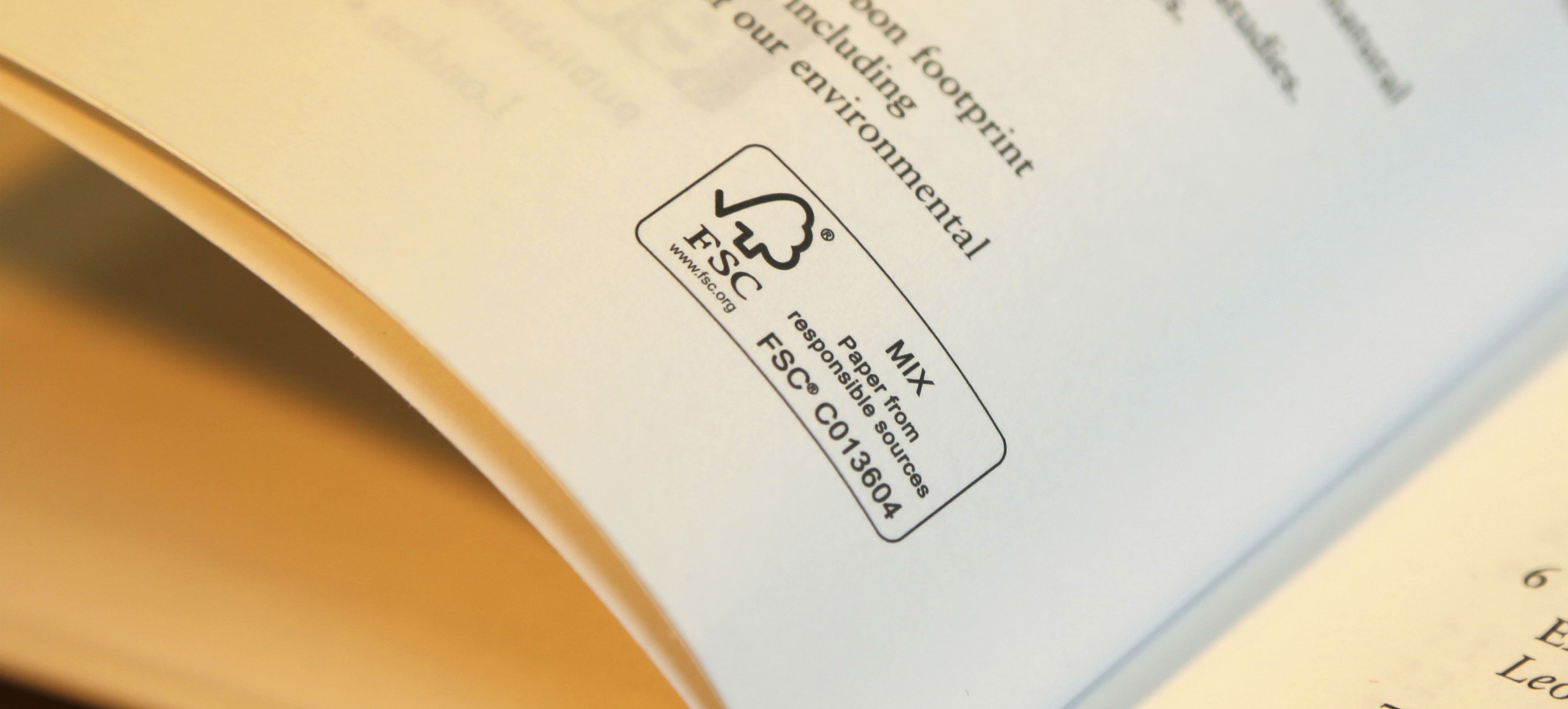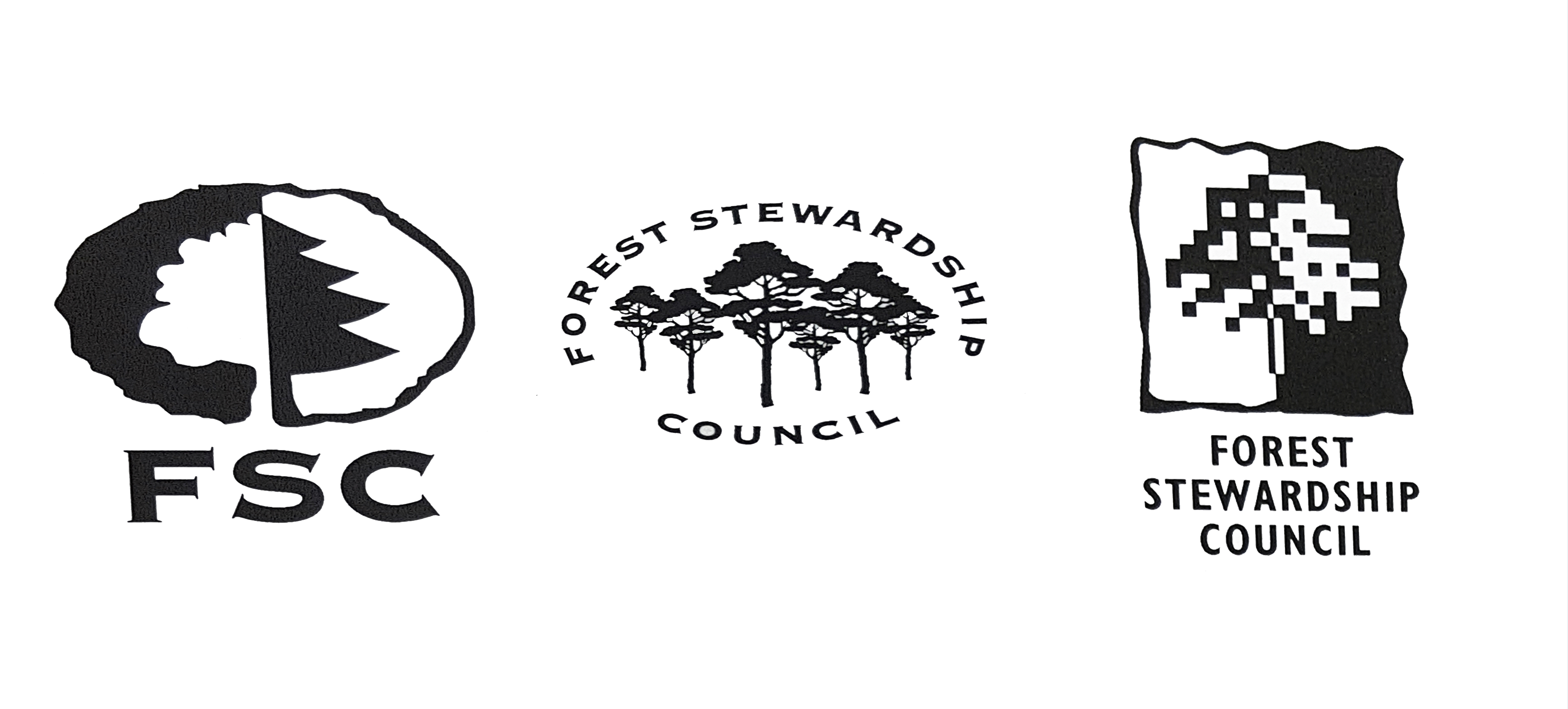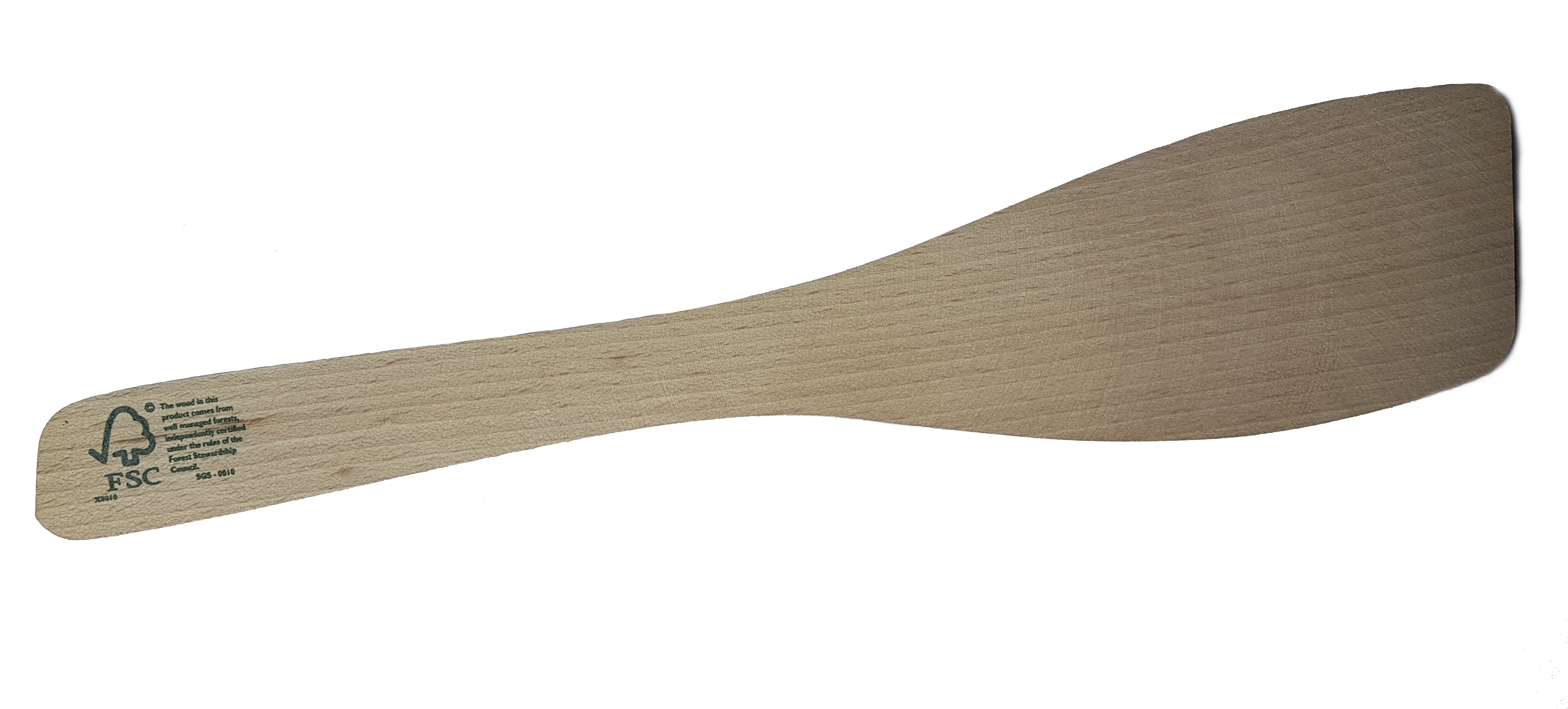This year, as we celebrate our 30th anniversary, we honour his memory and convey our gratitude, on behalf of all the people who work hard contributing to the health of the world’s forests and a healthier planet.
Have you ever come across a small, almost indiscernible, logo representing a tick and a tree on many of the products that you buy at your local supermarket or DIY store? It sits on the corner of the milk or juice carton, you see it on the wrapping of some of the world’s favourite brands of paper and personal hygiene products, and you often eat at or sit on a piece of furniture that bears it in some unsuspecting place.
It’s the FSC logo and it’s a statement that tells you that the product that you have purchased has been produced using wood from a responsibly managed forest, ensuring that its biodiversity is respected while providing social benefits to the communities that depend on it.

Communicating a vision
Behind the FSC tick-tree, there’s a story of commitment by a group of people that came together 30 years ago. That group of people had a vision, and the creativity of a uniquely talented graphic designer.
It all started in 1994 when the first FSC members saw the need to have a logo that consumers and producers alike could easily identify with the mission for global forestry that was just dawning: to promote environmentally sound, socially beneficial, and economically prosperous management of the world’s forests.
These members were presented with an initial design that represented a cluster of trees casting a shadow in the form of a world map. Although the idea was adequate, “a number of stakeholders saw it difficult to recognise. Also, due to its size, the map left out some parts of the world, which was criticised by some members for obvious reasons,” comments Tim Synnott, an FSC founding member and its first Executive Director. Therefore, a much simpler and efficient version was needed.
“The Board and I quickly realised that the first logo was quite unsuitable for labels due to its complexity, so we commissioned Tristram Branscombe-Kent to design a new one in 1995, a process that took several months of refining and agreeing,” adds Synnott.
Branscombe-Kent, who was born into a family of artists, ran a successful design agency from Broadstairs in the UK. He began his early career as a graphic designer in a variety of agencies and locations including London, Athens and New York before creating Tristram Kent Associates (TKA) first in Canterbury and then in Broadstairs. “TKA at the time was doing a lot of work for many local and London-based companies, universities, and councils,” recalls Margaret Branscombe-Kent, Tristram’s widow.

The birth of a symbol
Branscombe-Kent arrived at FSC’s first headquarters in Oaxaca, Mexico, in June 1994 to meet with the Board members at their third meeting and to gather their impressions.
The commission was clear: the concept had to immediately tell consumers that the product they were about to purchase represented the FSC mission and came from well-managed forests. The challenge was not easy, as this commitment was at an infant stage at the time and some of the green claims on labels that began to appear on products in the early 1990s were downright misleading. “Consumers were simply not as knowledgeable about ethical choices back then and they had no way of knowing whom to trust or believe. It was a novelty and we had to convey a very simple and effective message to reassure them,” says Synnott.
After gathering the Board’s input, Branscombe-Kent hopped back on a plane and flew back to England, where he began to work on what came to symbolise the world’s first choice of responsibly sourced forest products.
Some of the early sketches show a variety of options as he toyed with the idea that responsible forestry had to include imagery that would be immediately recognisable with the obvious – trees. These included a dual-shaped tree that was meant to symbolise a broadleaf and a conifer with the abbreviation FSC beneath it. Other options were bolder and documented an interest in conveying more abstract symbolism, such as a photograph of a tree that had been digitally reduced to a minimal amount of bitmap information and meant to identify with the dawning digital age.
“Tristram liked to produce concepts that could be quickly and easily understood. He worked long hours until he felt satisfied with the result. Because he did not confine his interests and talents to the arts, but was also fascinated by science, I remember how motivated he was to work on the FSC logo,” Margaret remembers.
The final drafts were presented to the FSC Board of Directors and the option of the tick-and-tree logo was accepted at the beginning of 1996. For the Board members, this was the perfect choice as it conveyed a tree with a universally recognised sign of approval – a tick. Twenty-five years on, it proved to be the right choice.
“Tristram’s meticulousness and dedication to accuracy led him to enquire with 10 different cultural and public institutions worldwide to ensure that the tick was widely recognised as a symbol of acceptance,” adds Margaret.
The logo was officially launched at an event in London on 21 February 1996, and the first product bearing it – the now legendary Sainsbury’s cooking spatula – was available soon after, beginning a journey that keeps telling us today just how important it is to buy products that help preserve the world’s forests for future generations.


